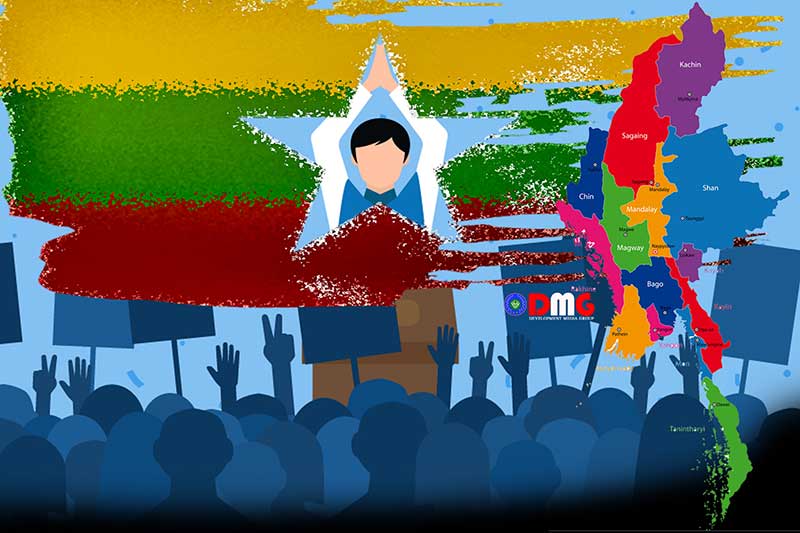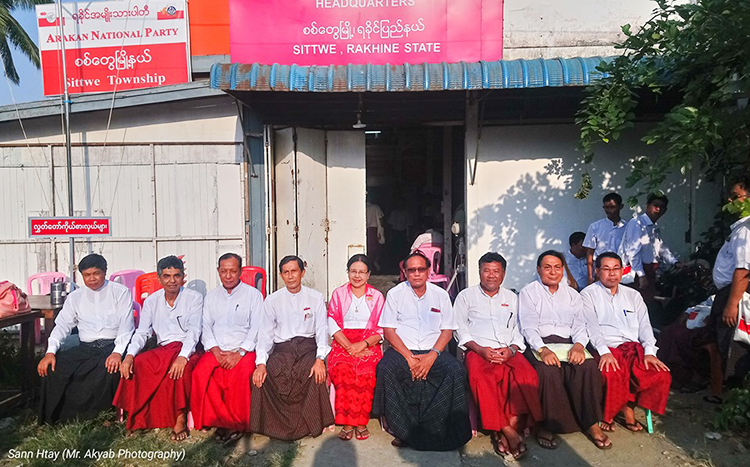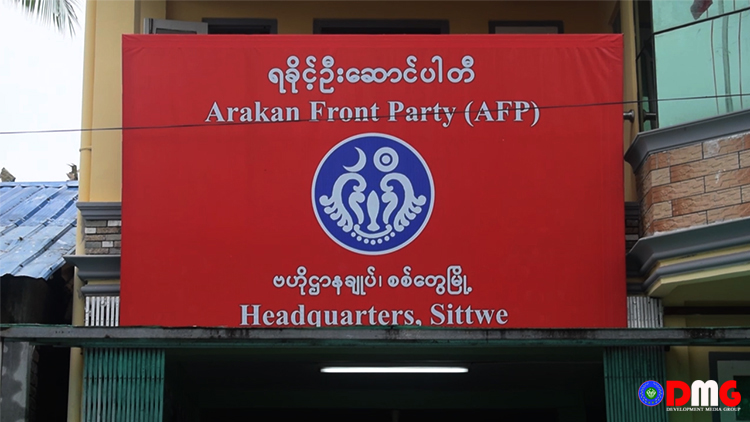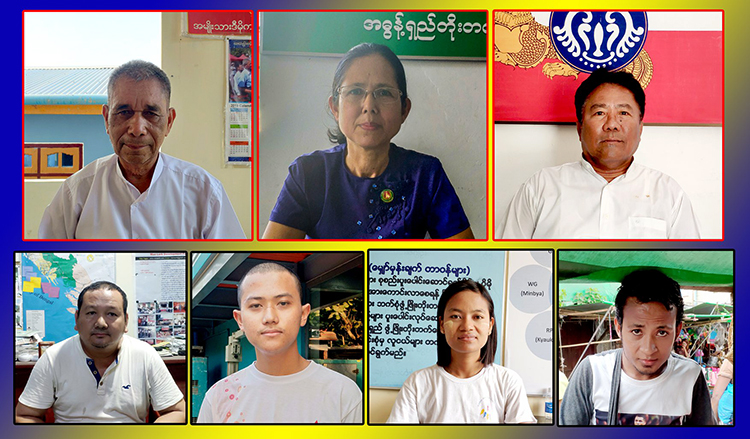- Junta unable to hold elections in dozens of wards and village-tracts in Sittwe, Kyaukphyu
- Fighting escalates between Myanmar military, Arakan Army in Ayeyarwady Region
- Regime steps up civilian arrests in Sittwe
- ULA safeguards Mrauk-U's ancient heritage
- Arakan on the Edge: What the DMG Landmine Impact Report Reveals About Myanmar's Deepening Humanitarian Crisis
Incessant rains make life difficult for IDPs in eastern Bago Region
Internally displaced people (IDPs) in Bago Region’s Kyaukkyi and Mone townships are facing monsoon season difficulties including a lack of adequate shelter.
13 Jul 2022
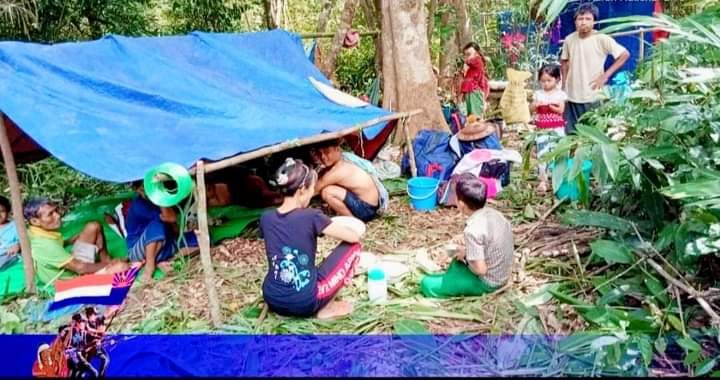
DMG Newsroom
13 July 2022, Kyaukkyi, Bago Region
Internally displaced people (IDPs) in Bago Region’s Kyaukkyi and Mone townships are facing monsoon season difficulties including a lack of adequate shelter.
The displaced people are in need of emergency assistance due to heavy rains since July 8, said a resident of Kyaukkyi Township.
“There is incessant rain and makeshift tents are urgently needed due to a large number of IDPs. Some displaced people are taking refuge in the jungle. It will be good if IDPs are provided with shelters,” an aid worker said.
Nearly 40,000 locals from 26 villages have been displaced by Myanmar military artillery and airstrikes after a coalition of Karen armed groups attacked five military outposts in Kyaukkyi and Mone townships on July 2 and 3.
“The rains were so heavy that it’s been difficult for IDPs to live. Some are hiding in the forest even, without proper shelters,” said an IDP.
Another clash between junta troops and a coalition led by the Karen National Liberation Army (KNLA) on July 11 in Kyaukkyi Township led the Myanmar military to restrict road access, making it more difficult for relief workers to transport shelters and food for the IDPs, said an official from a local Karen civil society organisation.
“A clash broke out between regime forces and the KNLA near Innet village in Kyaukkyi Township. We were unable to bring food and shelters for the IDPs due to the fighting. The fighting is still ongoing,” the official added.
The majority of the displaced people are elderly, pregnant women and children, demographics that are particularly vulnerable to the harsh weather conditions.





.png)




